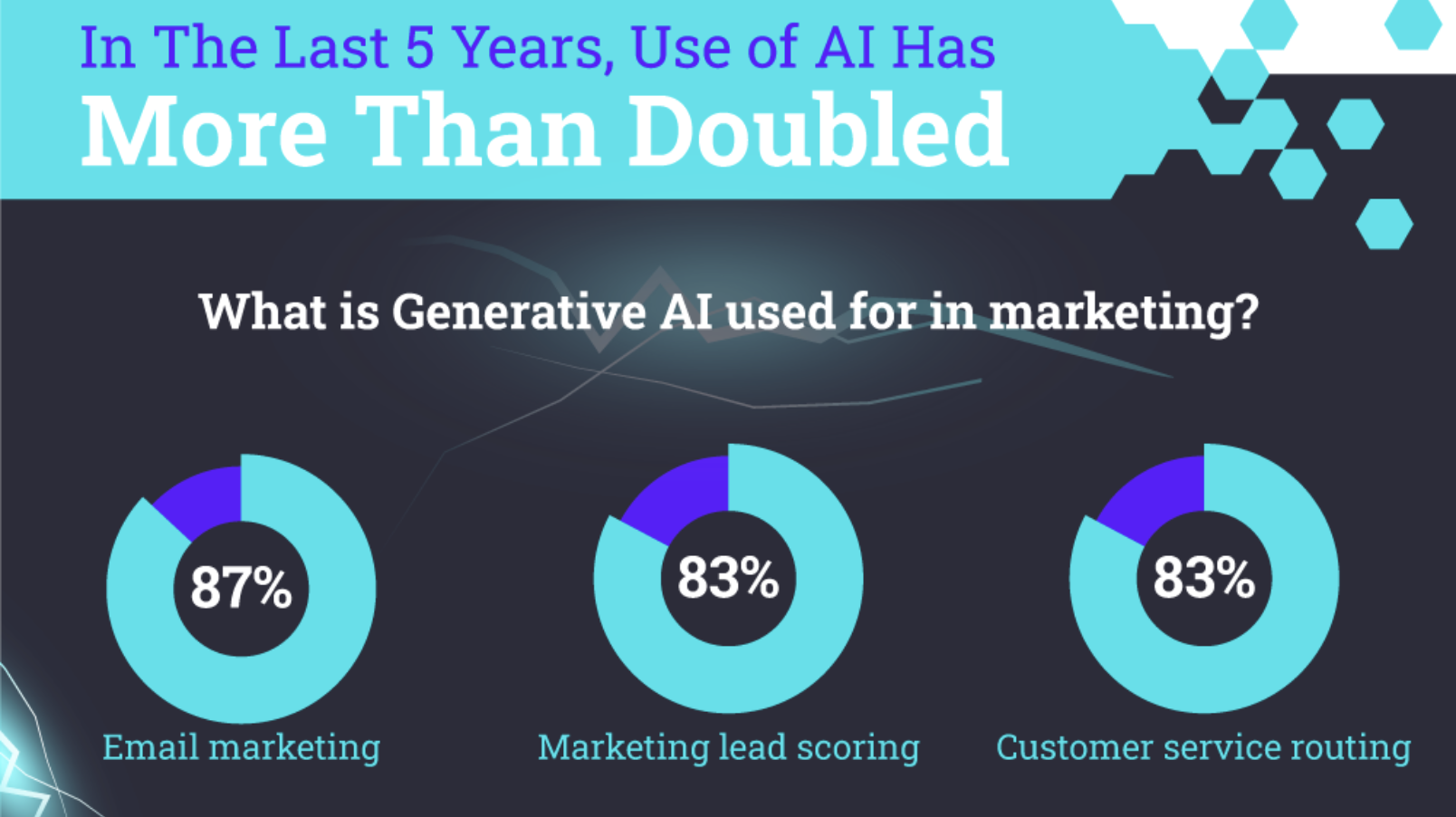What Can’t Generative AI Do?
The explosion in popularity for ChatGPT3 has set the stage for many to discover the uses of generative AI. From code to simulations to videos, generative AI is not only revolutionary in content creation but more efficient. By utilizing 45 terabytes of content, ChatGPT can reply with responsiveness and complexity while holding information equivalent to 1 million feet of bookshelf space. This allows for problems to be solved, not by fumbling through books, but through simply asking an AI. Furthermore, virtualizing information vastly reduces the space required to store information, which is a more effective storage method considering the plethora of existing information.
Aside from intrinsic advantages, it is available to a large number of people, giving it a very far-reaching impact. From programmers to researchers, generative AI can aid a large majority of the population. More specifically, its commercial applications could help to revolutionize straightforward jobs. For example, email marketing, customer service routing, and marketing lead scoring have all been revolutionized by the implementation of AI. On the other side, there are now jobs which might be tailored more specifically to the upkeep and innovations of generative AI.
Not only are AI startups a booming industry, but there is now more depth to generative AI products. Popular models like ChatGPT and Dall-E are most culturally known, but Google’s ‘Bard’ and other various models offer multiple options for users. Many experts second the revolutionary potential for AI, and the impact it could have in all aspects and sectors of business. Although potentially misunderstood by business executives, the results it has provided with companies that utilized it is likely intriguing to hesitant businesses.
Despite the recent boom, the most important time for generative AI has yet to come. With few executives considering AIoT (Artificial Internet of Things) and marketing automations, AI has yet to be commercially realized. There are job opportunities not for users of AI, but in order to help develop and test generative AI models. It is easy to see generative AI as something that will augment how we will do things. However, its ability to be more efficient at pattern-based jobs, like marketing, frees up human resources for newer job types to be created.
Ultimately, generative AI is something to be embraced, freeing humans from pattern-based and certain monotonous tasks. As a result, new positions that benefit from human completion can be fulfilled and allow higher quality results from companies.


